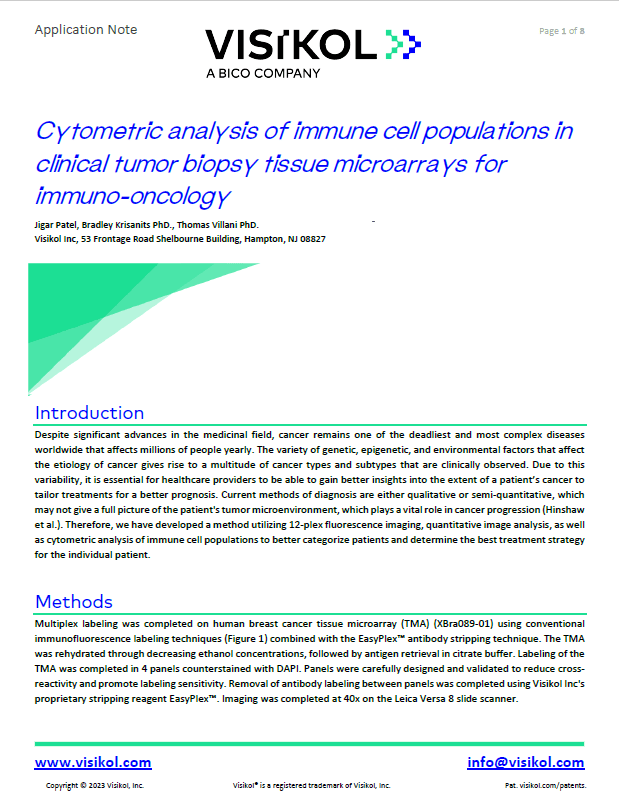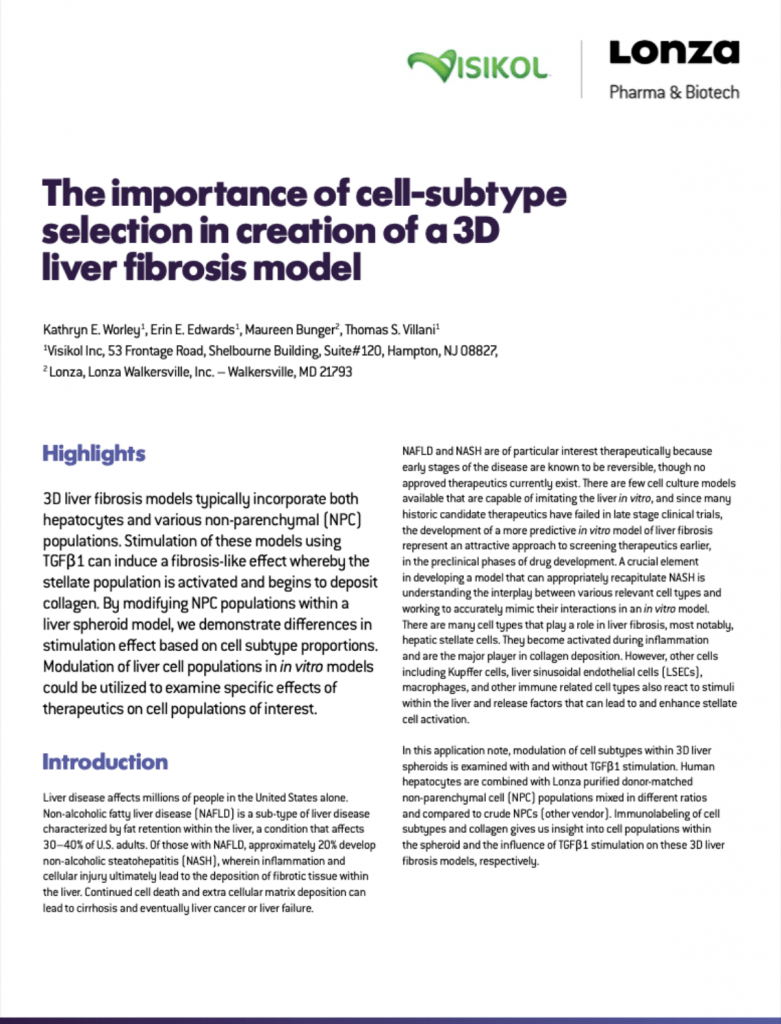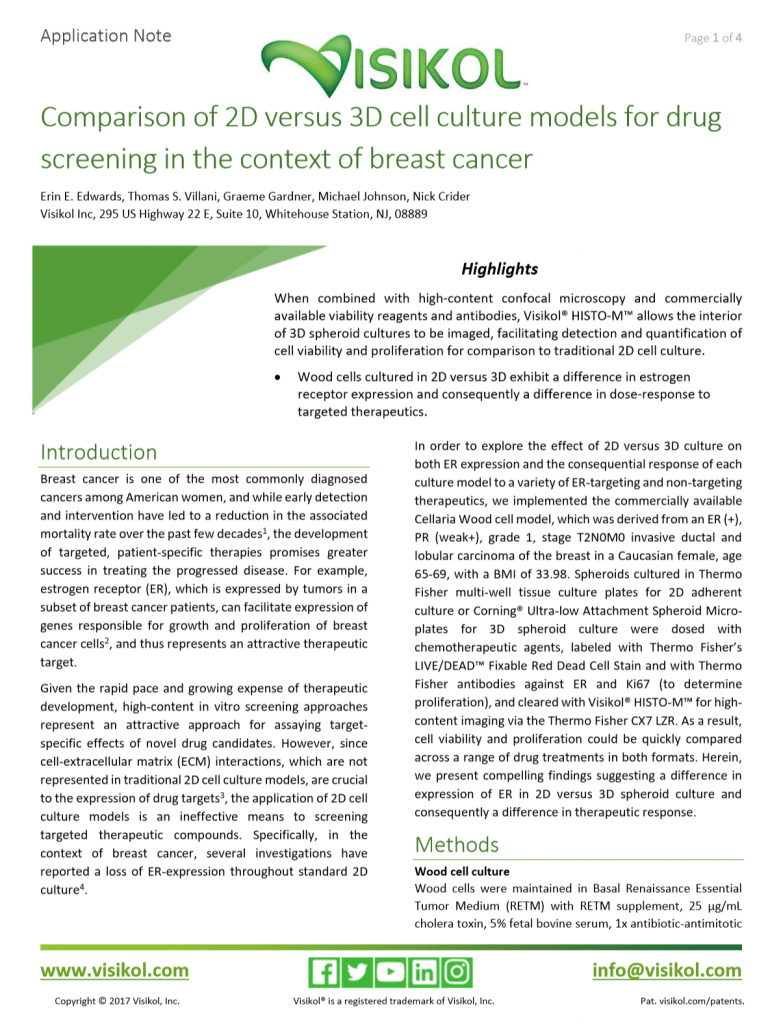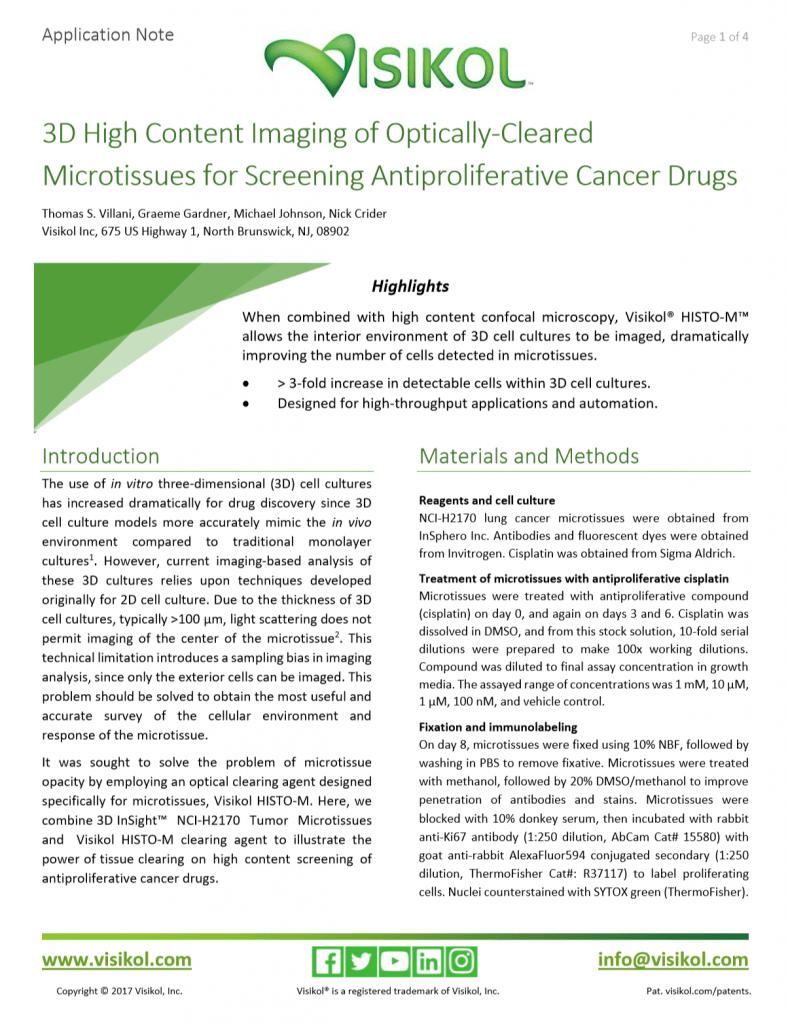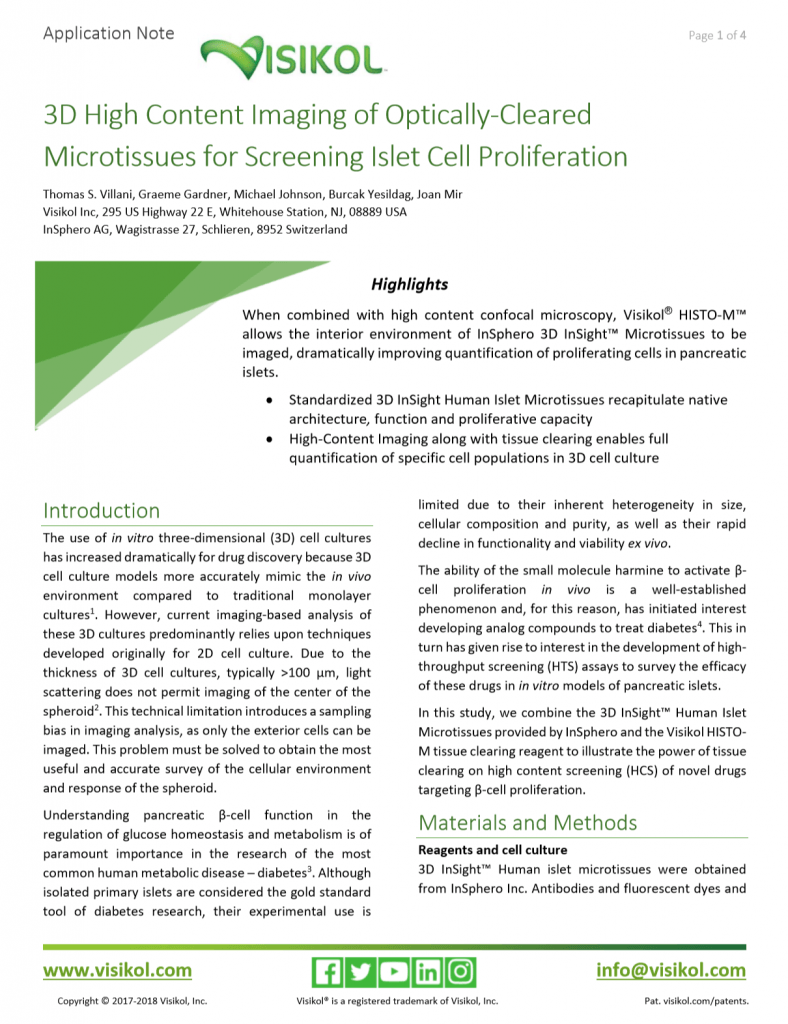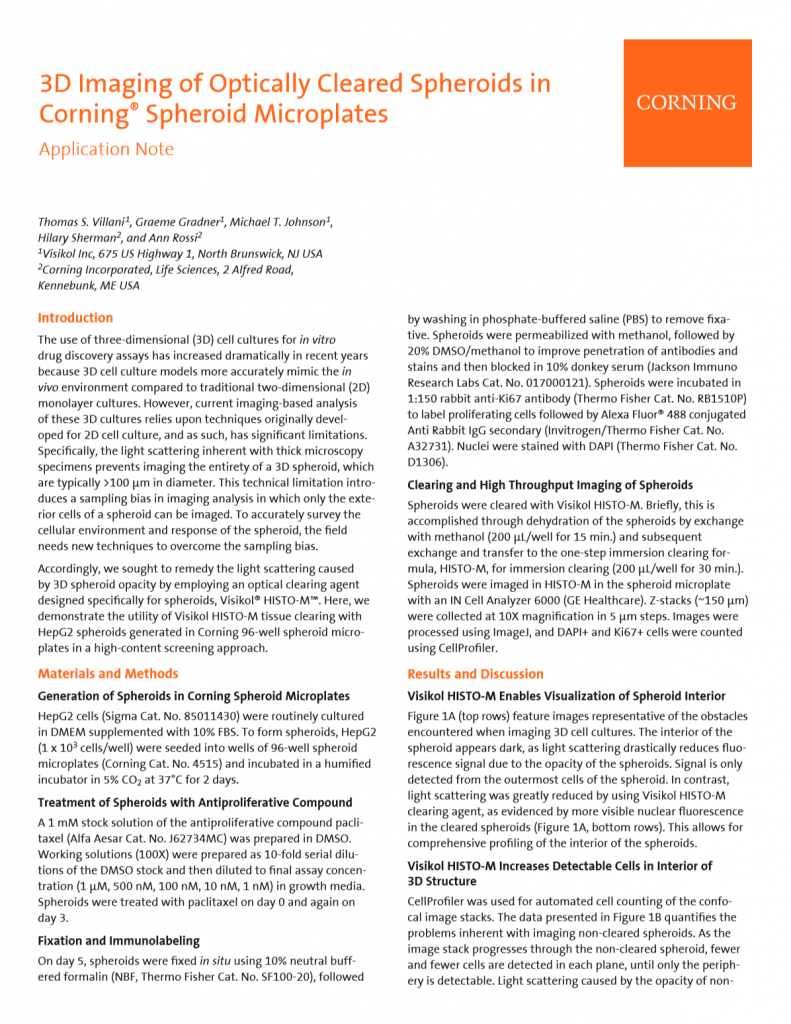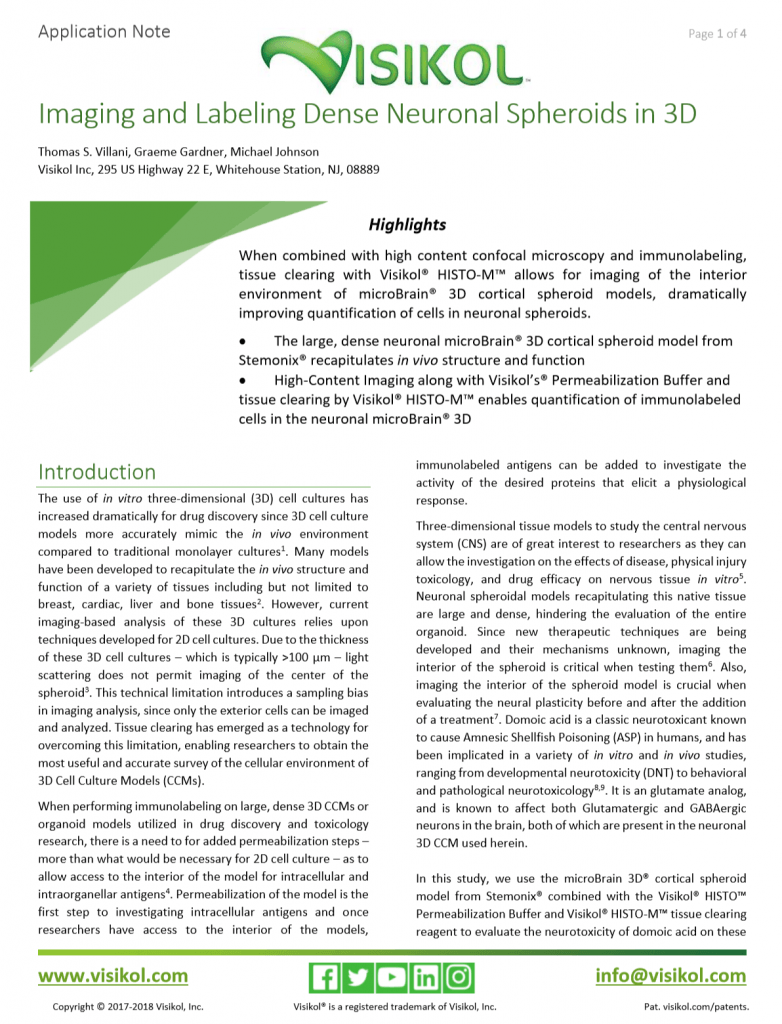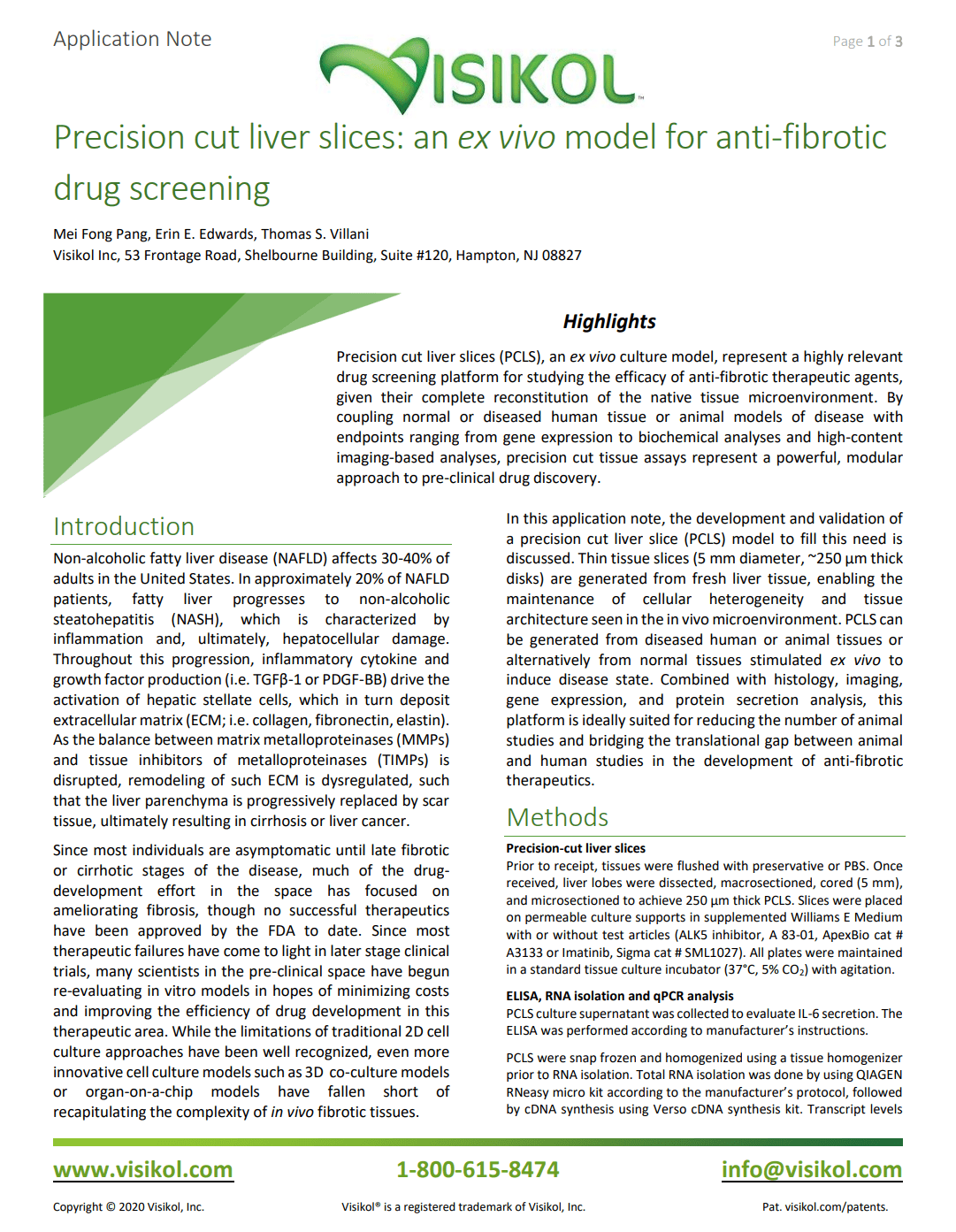Cytometric analysis of immune cell populations in clinical tumor biopsy tissue microarrays for immuno-oncology
Despite significant advances in the medicinal field, cancer remains one of the deadliest and most complex diseases worldwide that affects millions of people yearly. The variety of genetic, epigenetic, and environmental factors that affect the etiology of cancer gives rise to a multitude of cancer types and subtypes that are clinically observed. Due to this variability, it is essential for healthcare providers to be able to gain better insights into the extent of a patient’s cancer to tailor treatments for a better prognosis. Current methods of diagnosis are either qualitative or semi-quantitative, which may not give a full picture of the patient’s tumor microenvironment, which plays a vital role in cancer progression (Hinshaw et al.). Therefore, we have developed a method utilizing 12-plex fluorescence imaging, quantitative image analysis, as well as cytometric analysis of immune cell populations to better categorize patients and determine the best treatment strategy for the individual patient.
The importance of cell-subtype selection in creation of a 3D liver fibrosis model
Liver disease affects millions of people in the United States alone. Non-alcoholic fatty liver disease (NAFLD) is a sub-type of liver disease characterized by fat retention within the liver, a condition that affects 30–40% of U.S. adults. Of those with NAFLD, approximately 20% develop non-alcoholic steatohepatitis (NASH), wherein inflammation and cellular injury ultimately lead to the deposition of fibrotic tissue within the liver. Continued cell death and extra cellular matrix deposition can lead to cirrhosis and eventually liver cancer or liver failure.
3D liver fibrosis models typically incorporate both hepatocytes and various non-parenchymal (NPC) populations. Stimulation of these models using TGFβ1 can induce a fibrosis-like effect whereby the stellate population is activated and begins to deposit collagen. By modifying NPC populations within a liver spheroid model, we demonstrate differences in stimulation effect based on cell subtype proportions. Modulation of liver cell populations in in vitro models could be utilized to examine specific effects of therapeutics on cell populations of interest.
Comparison of 2D Versus 3D Cell Culture Models for Drug Screening in the Context of Breast Cancer
Breast cancer is one of the most commonly diagnosed cancers among American women, and while early detection and intervention have led to a reduction in the associated mortality rate over the past few decades, the development of targeted, patient-specific therapies promises greater success in treating the progressed disease. For example, estrogen receptor (ER), which is expressed by tumors in a subset of breast cancer patients, can facilitate expression of genes responsible for growth and proliferation of breast cancer cells, and thus represents an attractive therapeutic target. Given the rapid pace and growing expense of therapeutic development, high-content in vitro screening approaches represent an attractive approach for assaying target-specific effects of novel drug candidates. However, since cell-extracellular matrix (ECM) interactions, which may not be well represented in traditional 2D cell culture models, are often crucial to the expression of drug targets, the application of 2D cell culture models is not always the most effective means to screening targeted therapeutic compounds. Specifically, in the context of breast cancer, several investigations have reported a loss of ER-expression throughout standard 2D culture.
3D High Content Imaging of Optically-Cleared Microtissues for Screening Antiproliferative Cancer Drugs
The use of in vitro three-dimensional (3D) cell cultures has increased dramatically for drug discovery because 3D cell culture models more accurately mimic the in vivo environment compared to traditional monolayer cultures. However, current imaging-based analysis of these 3D cultures predominantly relies upon techniques developed originally for 2D cell culture. Due to the thickness of 3D cell cultures, typically >100 µm, light scattering does not permit imaging of the center of the spheroid. This technical limitation introduces a sampling bias in imaging analysis, as only the exterior cells can be imaged. This problem must be solved to obtain the most useful and accurate survey of the cellular environment and response of the spheroid. Understanding pancreatic β-cell function in the regulation of glucose homeostasis and metabolism is of paramount importance in the research of the most common human metabolic disease – diabetes. Although isolated primary islets are considered the gold standard tool of diabetes research, their experimental use is limited due to their inherent heterogeneity in size, cellular composition and purity, as well as their rapid decline in functionality and viability ex vivo. The ability of the small molecule harmine to activate βcell proliferation in vivo is a well-established phenomenon and, for this reason, has initiated interest developing analog compounds to treat diabetes.
3D High Content Imaging of Optically-Cleared Microtissues for Screening Islet Cell Proliferation
The use of in vitro three-dimensional (3D) cell cultures has increased dramatically for drug discovery since 3D cell culture models more accurately mimic the in vivo environment compared to traditional monolayer cultures . However, current imaging-based analysis of these 3D cultures relies upon techniques developed originally for 2D cell culture. Due to the thickness of 3D cell cultures, typically >100 µm, light scattering does not permit imaging of the center of the microtissue. This technical limitation introduces a sampling bias in imaging analysis, since only the exterior cells can be imaged. This problem should be solved to obtain the most useful and accurate survey of the cellular environment and response of the microtissue.
It was sought to solve the problem of microtissue opacity by employing an optical clearing agent designed specifically for microtissues, Visikol HISTO-M. Here, we combine 3D InSight™ NCI-H2170 Tumor Microtissues and Visikol HISTO-M clearing agent to illustrate the power of tissue clearing on high content screening of antiproliferative cancer drugs.
3D Imaging of Optically Cleared Spheroids in Corning® Spheroid Microplates
The use of three-dimensional (3D) cell cultures for in vitro drug discovery assays has increased dramatically in recent years because 3D cell culture models more accurately mimic the in vivo environment compared to traditional two-dimensional (2D) monolayer cultures. However, current imaging-based analysis of these 3D cultures relies upon techniques originally developed for 2D cell culture, and as such, has significant limitations. Specifically, the light scattering inherent with thick microscopy specimens prevents imaging the entirety of a 3D spheroid, which are typically >100 µm in diameter. This technical limitation introduces a sampling bias in imaging analysis in which only the exterior cells of a spheroid can be imaged. To accurately survey the cellular environment and response of the spheroid, the field needs new techniques to overcome the sampling bias. Accordingly, we sought to remedy the light scattering caused by 3D spheroid opacity by employing an optical clearing agent designed specifically for spheroids, Visikol HISTO-M. Here, we demonstrate the utility of Visikol HISTO-M tissue clearing with HepG2 spheroids generated in Corning 96-well spheroid microplates in a high-content screening approach.
Imaging and Labeling Dense Neuronal Spheroids in 3D
The use of in vitro three-dimensional (3D) cell cultures has increased dramatically for drug discovery since 3D cell culture models more accurately mimic the in vivo environment compared to traditional monolayer cultures. Many models have been developed to recapitulate the in vivo structure and function of a variety of tissues including but not limited to breast, cardiac, liver and bone tissues. However, current imaging-based analysis of these 3D cultures relies upon techniques developed for 2D cell cultures. Due to the thickness of these 3D cell cultures – which is typically >100 µm – light scattering does not permit imaging of the center of the spheroid. This technical limitation introduces a sampling bias in imaging analysis, since only the exterior cells can be imaged and analyzed. Tissue clearing has emerged as a technology for overcoming this limitation, enabling researchers to obtain the most useful and accurate survey of the cellular environment of 3D Cell Culture Models (CCMs).
Precision cut liver slices: an ex vivo model for anti-fibrotic drug screening
Precision cut liver slices (PCLS), an ex vivo culture model, represent a highly relevant drug screening platform for studying the efficacy of anti-fibrotic therapeutic agents, given their complete reconstitution of the native tissue microenvironment. By coupling normal or diseased human tissue or animal models of disease with endpoints ranging from gene expression to biochemical analyses and high-content imaging-based analyses, precision cut tissue assays represent a powerful, modular approach to pre-clinical drug discovery.

